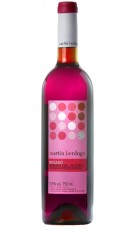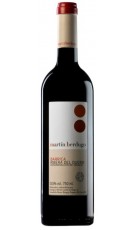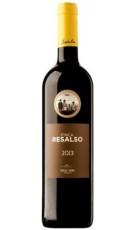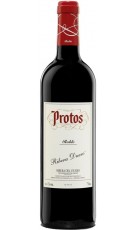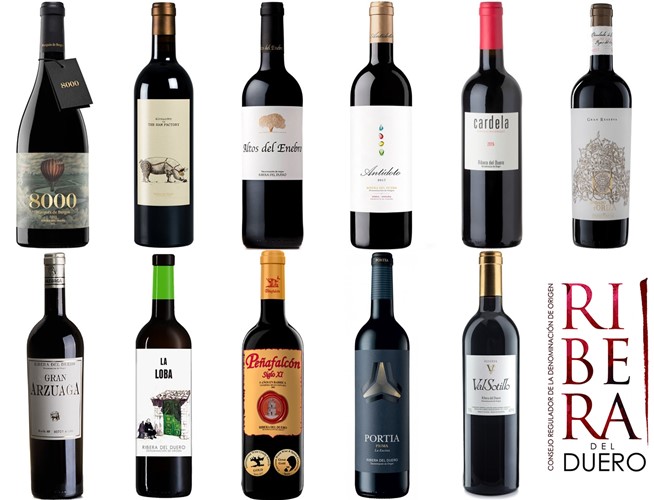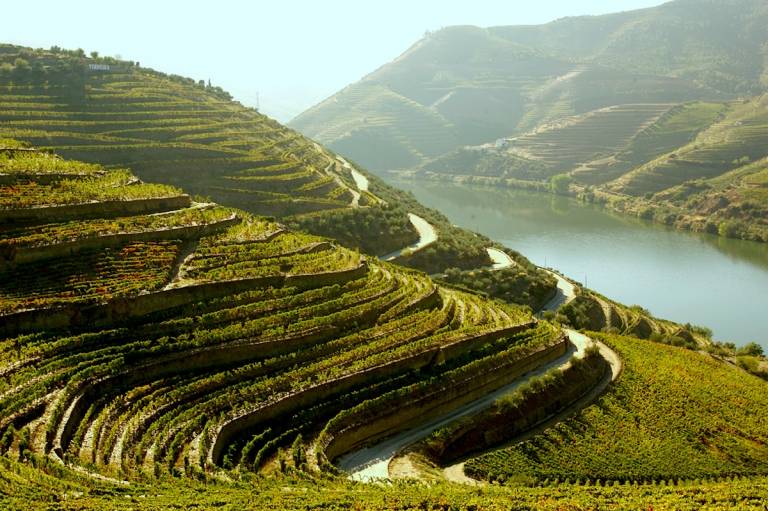 The simple answer is the terroir. It has often been said that vines love to suffer and the best wine comes from grapes that have had to struggle. There is a lot of truth in this. The deeper and more widely a vine has to spread its roots looking for nourishment the greater the mineral subtleties the grapes will have. Too easy a supply of water leads to bloated grapes that dilute flavours. So, small berries, laden with aromatic compounds and flavorful minerals but not overfilled with water are what winemakers prefer to use to make their best wines with. Generous amounts of organic matter in topsoil tend to contain richness and also they retain water, keeping vines happy and stifling their need to look deeper for sustenance. Hence, poor and often stony soils and subsoils are a preferred option for vineyards.
The simple answer is the terroir. It has often been said that vines love to suffer and the best wine comes from grapes that have had to struggle. There is a lot of truth in this. The deeper and more widely a vine has to spread its roots looking for nourishment the greater the mineral subtleties the grapes will have. Too easy a supply of water leads to bloated grapes that dilute flavours. So, small berries, laden with aromatic compounds and flavorful minerals but not overfilled with water are what winemakers prefer to use to make their best wines with. Generous amounts of organic matter in topsoil tend to contain richness and also they retain water, keeping vines happy and stifling their need to look deeper for sustenance. Hence, poor and often stony soils and subsoils are a preferred option for vineyards.
Ribera del Duero estates are located on geological strata that were deposited in the Quaternary period (the past 2.6 million years) on the floodplain of the Duero River as it passes through the spot which today is Aranda de Duero. Not long ago, this plain suffered from periodic floods as the river found its way westwards from north-central Spain to its estuary in north-western Portugal where it meets the Atlantic Ocean. These floods carried away much of the richness of the soil and left behind stones, sands and some clays. Today, the Duero is regulated by a series of dams and weirs to avoid catastrophic flooding. The vineyards that follow the river are situated between 12 to 19 meters (40-60 feet) above the level of the river, which means its moisture is completely independent of the Duero river itself.
The characteristics of these soils allow the grapes to ripen very well since the sun’s heat is retained during the day by numerous boulders, rocks and gravels on and near the surface. The effect on the grapes is to have solar heat from above and reflected or radiated heat from below. Another advantage is that these surfaces increase the colour of the grape berries by reflecting light upwards off the stones. Grapes develop darker skins to protect the genetic material in their seeds from potentially destabilising solar radiation. This effect promotes phenolic maturation, synthesizing polished and silky tannins which form the characteristic backbone of this vineyard’s wines.
The abundance of boulders and gravels also produces what is referred to as a quilting effect on the ground, avoiding the loss of too much moisture through evaporation, something that gives freshness and a naturally-balanced acidity to the wines. All this is reinforced by the altitude at around 800 meters (2,625 feet) above sea level. The higher the altitude, the thinner the layer of the protective atmosphere above the vines, hence the darker the grape skins.
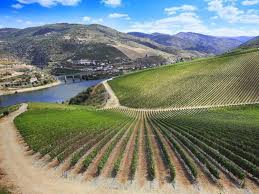 The altitude also causes a pronounced temperature variation between day and night, something that stimulates the vines. This temperature fluctuation is also advantageous during the ripening period of the fruit because it causes an increase in fruit size during the cool of the night as the vine absorbs water and a decrease during the day as the heat of the sun and stones promotes water evaporation through the vine’s leaves. This incites a further thickening of the grape skins which enhances the synthesis of anthocyanins, substances responsible for skin colour.
The altitude also causes a pronounced temperature variation between day and night, something that stimulates the vines. This temperature fluctuation is also advantageous during the ripening period of the fruit because it causes an increase in fruit size during the cool of the night as the vine absorbs water and a decrease during the day as the heat of the sun and stones promotes water evaporation through the vine’s leaves. This incites a further thickening of the grape skins which enhances the synthesis of anthocyanins, substances responsible for skin colour.
A relatively high limestone content in the soils lends structure and minerality to the wines. Although limestone on its own is too tough for roots to penetrate, its soils are rich in what is known as plant-accessible calcium carbonate, the principal chemical component of limestone. Scientists have found that calcium is vital for the formation of disease-resistant grape berries. Grapes tend to concentrate calcium in their skins where they help in the formulation of strong cell walls that maintain skin cohesion and hence resistance to degradation. Vines that grow in soils that have less available calcium tend to prioritize internal cell growth over skin vitality, making grapes more susceptible to fungal diseases.
Terroir might sound like that stuff that gets stuck to your boots when you walk through a vineyard, but it is much more than that. It encompasses all the factors that can affect a grape’s growth and wellbeing.
Ribera del Duero Wines for sale here:
https://www.mundovinum.com/74-castilla-y-leon-denominacion-de-origen-ribera-del-duero#/precio-4-2594
Recommended wines:
